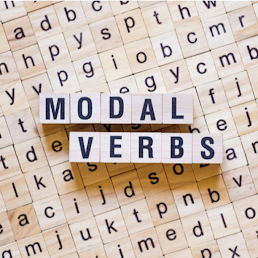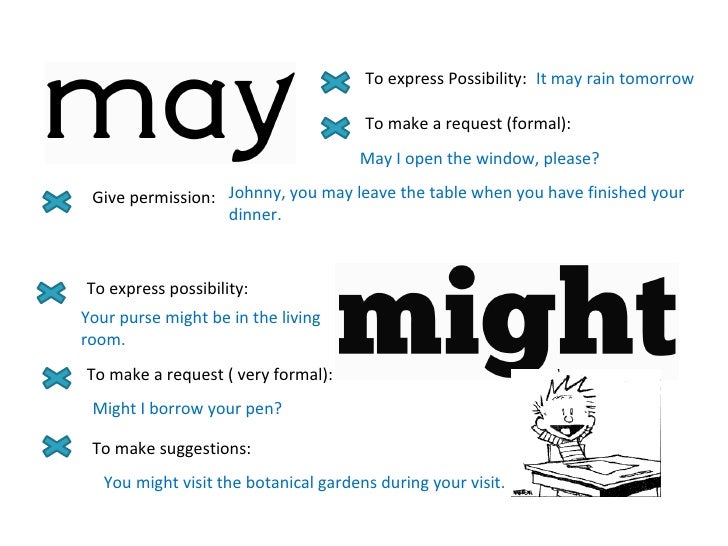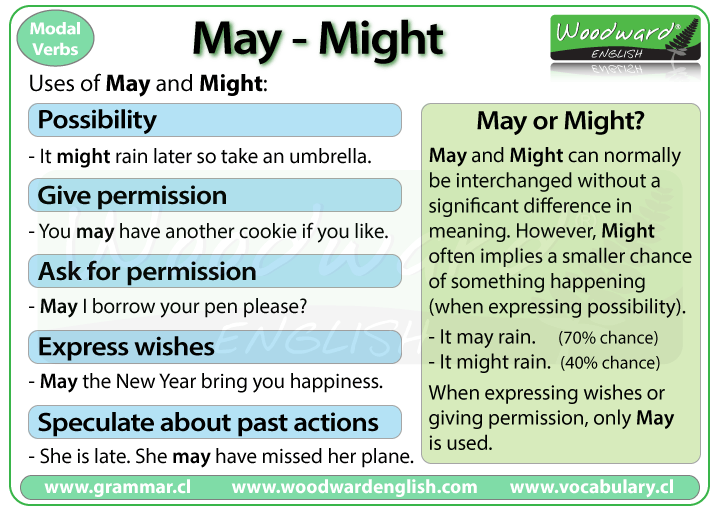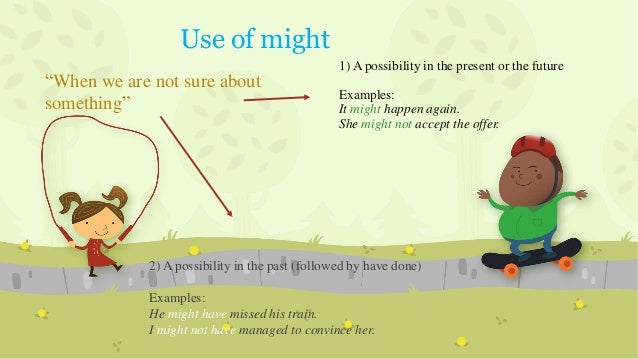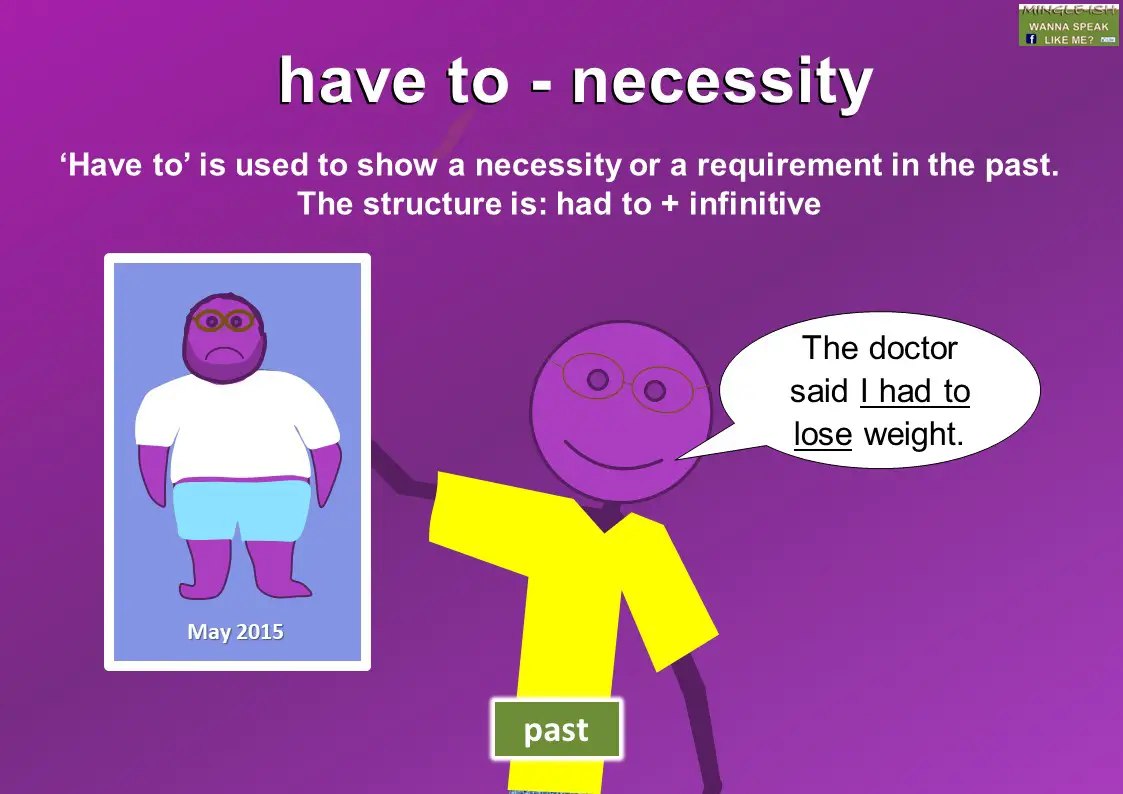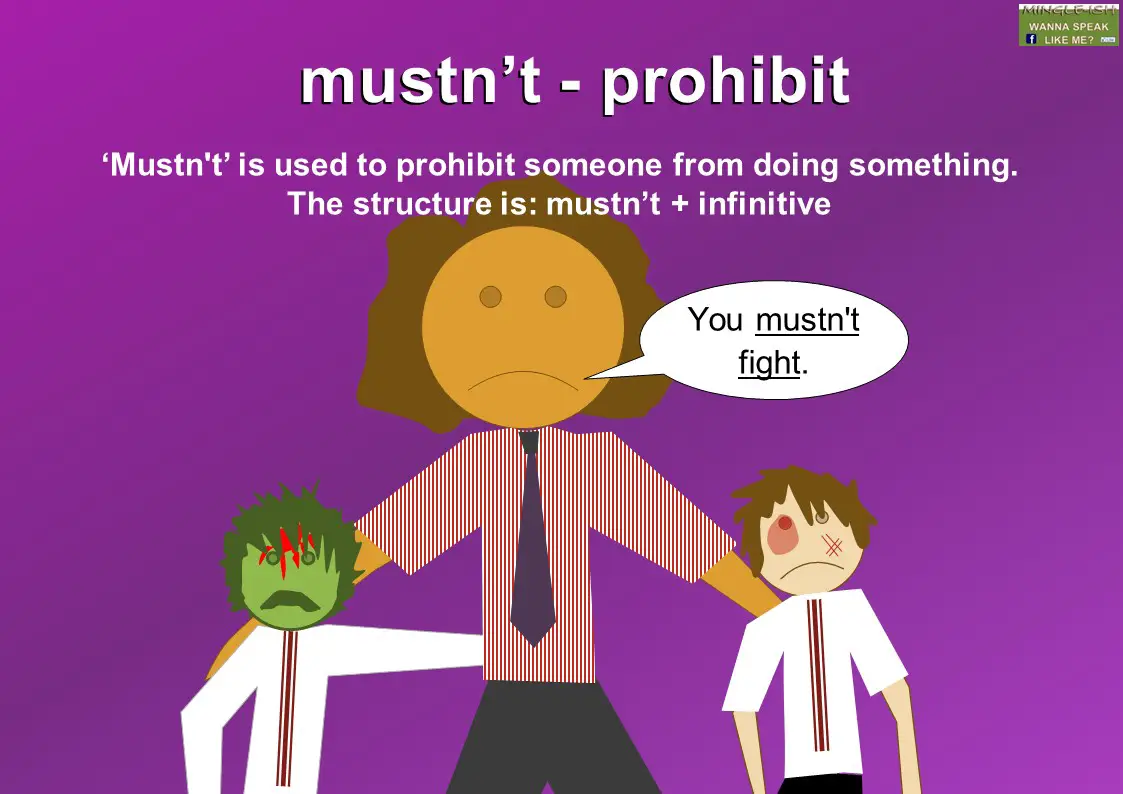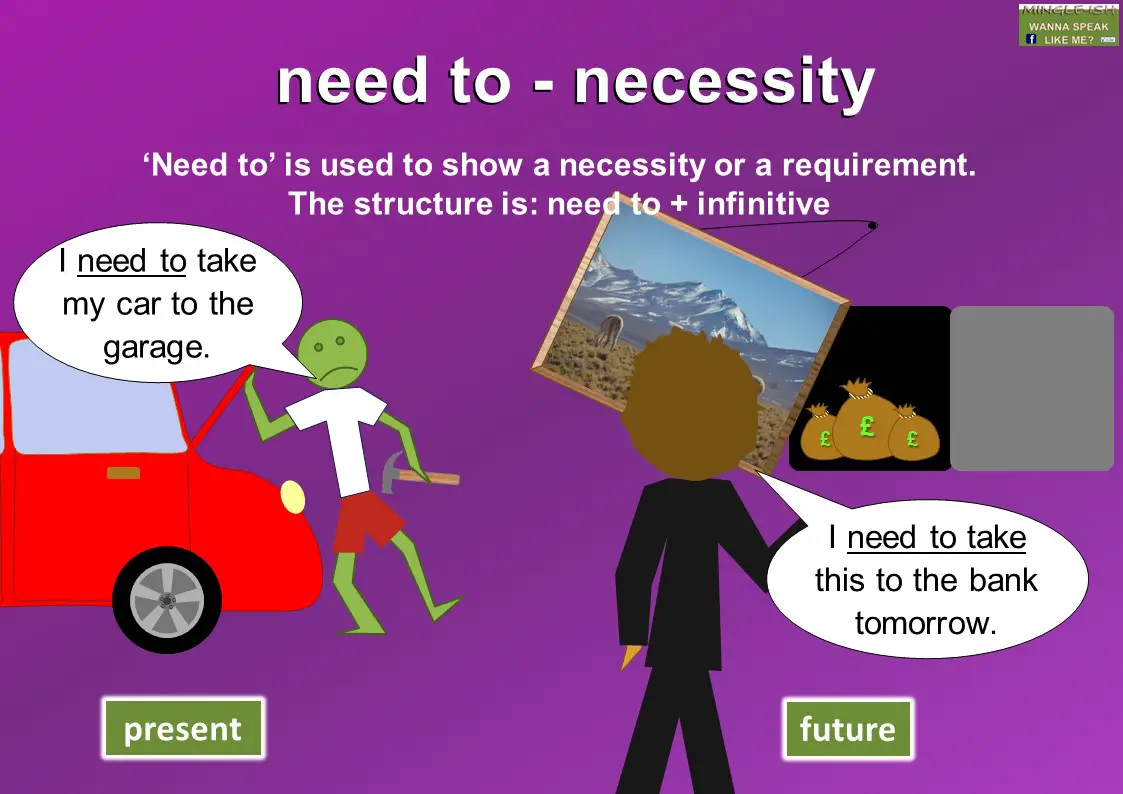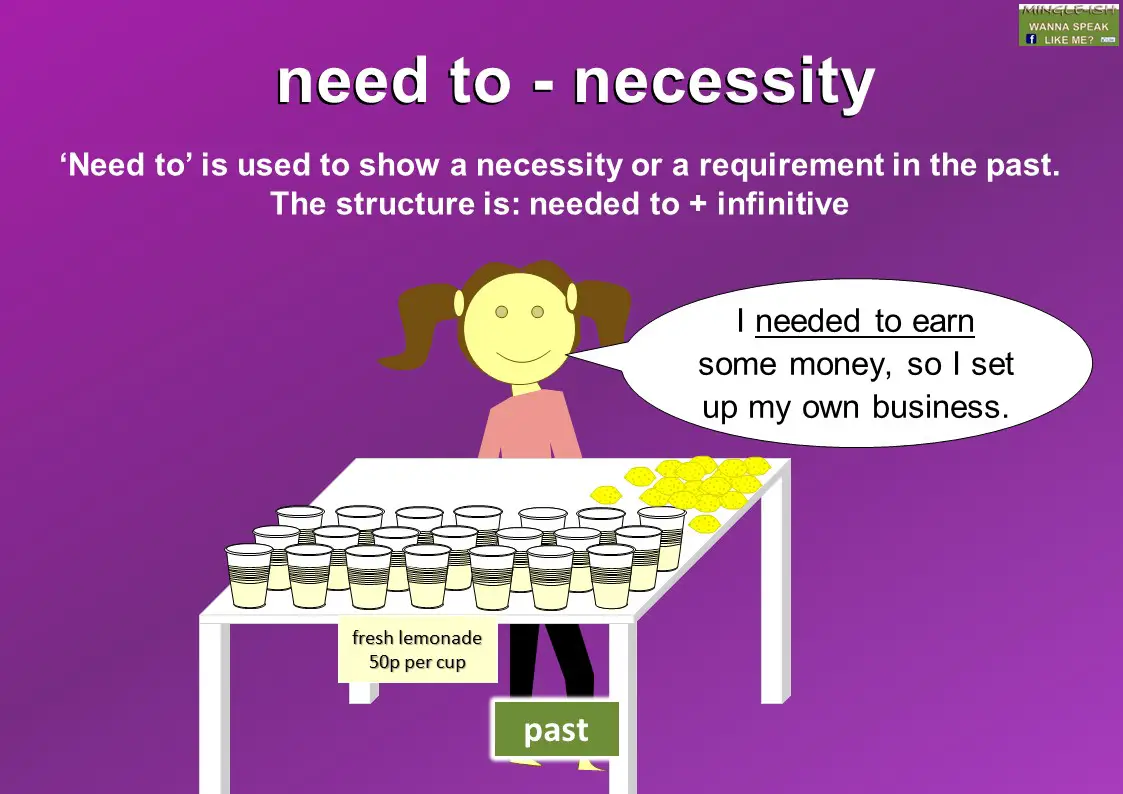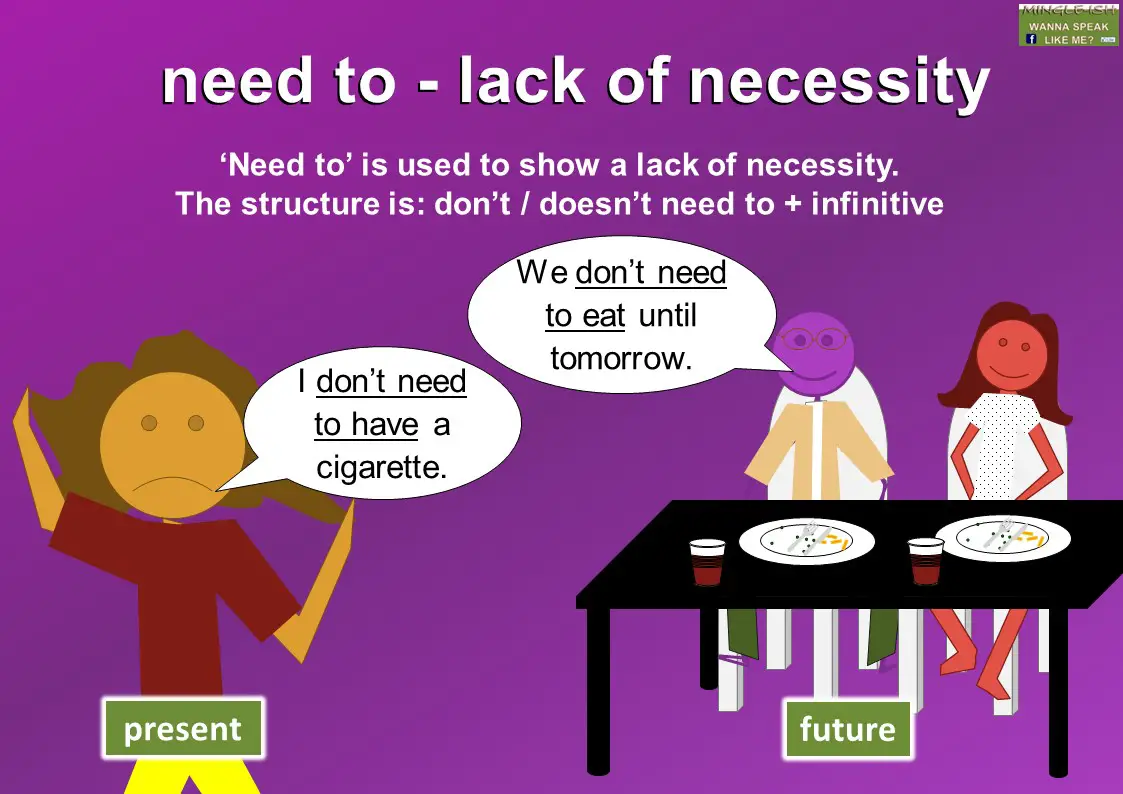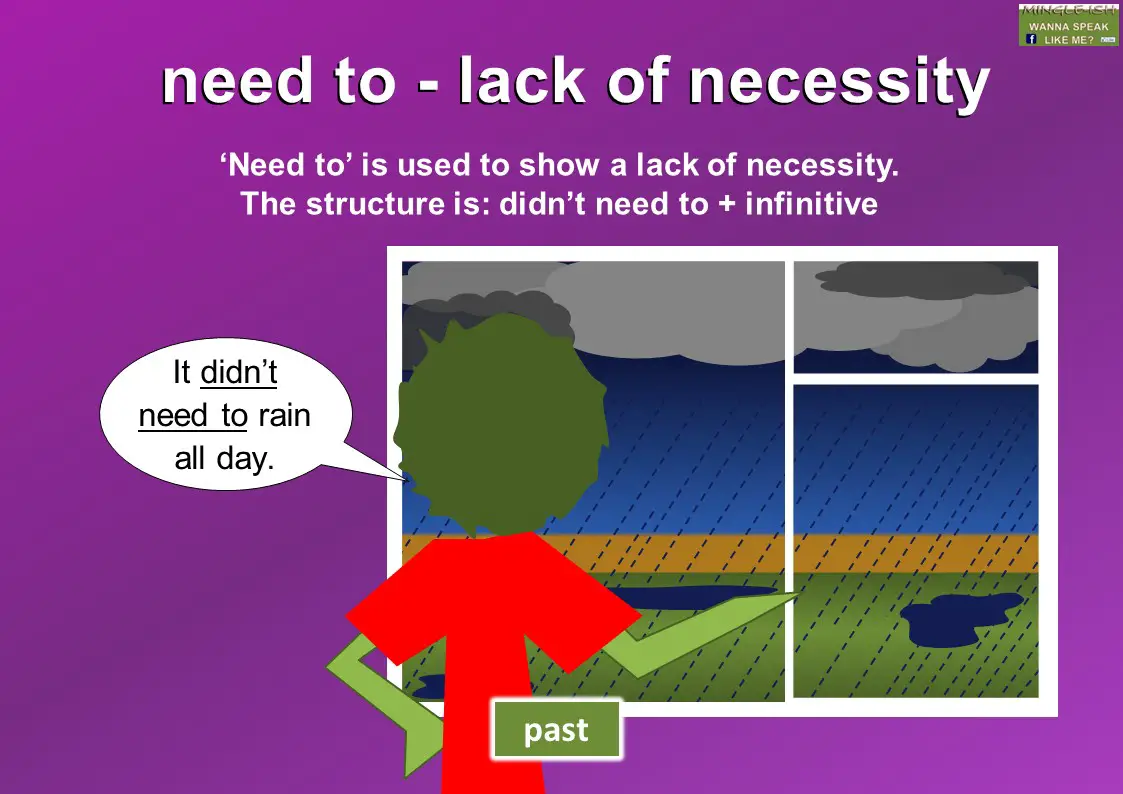Gerunds are formed as a verb plus -ing. They look exactly the same as present participles, but they are not verbs! They are used as nouns.
I am swimming. (continuous verb)
I love swimming. (gerund)
Knowing when to use a gerund is one of the most complicated parts of English. Here we will try to make it a bit less complicated by naming all of the times that a gerund should be used. You should notice that we use gerunds when a verb is used in place of a noun.
(1) Subject (The main actor in a sentence)
Gerunds can be the subject of a sentence:
Eating vegetables is good for you.
Choosing the right colour takes time.
If these sentences are reversed then ‘to eat’ and ‘to choose’ become objects, and so we do not use a gerund:
It is good for you to eat vegetables.
It takes time to choose the right colour.
(Note: Using the infinitive as a subject is not wrong, it is just less common, and often sounds more literary – “To be, or not to be? That is the question!”)
(2) After prepositions
Prepositions are words like as, in, on, about, after, by or next to that show the relationship between one thing and another. After a preposition, a verb transforms into a gerund:
I am interested in learning more about gerunds.
Mary is scared of flying.
I look forward to seeing you next week.
Unfortunately, the previous two examples (using gerund as a subject, and after a preposition) are the only concrete examples of when to use a gerund.
The other major use of gerunds is after a verb, however, it is only sometimes true. There are other verbs that must be followed by an infinitive and there are others where you can use either a gerund or an infinitive:
I recommend going to the museum. (must be gerund after ‘recommend’)
I want to go to the museum. (must be infinitive after ‘want’)
I like going to museums.
I like to go to museums. (either gerund or infinitive)
Gerunds are often used when actions are real, fixed, or completed. “I enjoy cooking.”
Infinitives are often used when actions are unreal, abstract, or future: “He wants to swim.”
Some verbs that must be followed by a gerund: acknowledge; admit, appreciate, avoid, be worth (It’s worth writing this down), celebrate, confess, consider, defend, enjoy, explain, fear, finish, forgive, give up (stop), keep, mention, mind (almost always negative), miss, permit, postpone, practice, prevent, recommend, resist, resume, risk, suggest, support, tolerate, ynderstand.
I don’t mind picking up the kids from school.
I understand putting a gerund after the verbs above is necessary.
These are a few verbs that can be followed by either a gerund or infinitive without a change in meaning: begin, can’t stand, continue, hate, like, love, prefer; propose; start.
I will continue taking photography classes next year.
I will continue to take photography classes next year.
Lastly, we have a very small selection of verbs where either a gerund or infinitive can follow a verb, with a change in meaning:
John remembered to go to the doctor. (John didn’t forget to go to the doctor)
John remembered going to the doctor. (John thought about when he had gone to the doctor)
She quit to be healthy. (She stopped doing something in order to be healthy)
She quit being healthy. (She stopped being healthy)
I regret telling you. (I wish I hadn’t told you that I lost my job)
I regret to tell you that I lost my job. (I am telling you, now, that I lost my job)
Samina forgot to put the oven on. (Samina didn’t put the oven on)
Samina forgot putting the oven on. (Samina did put the oven on, and the forgot about it!)
Of course, in real life, we don’t have time to start considering the grammatical structure of a sentence before speaking. The only way that you will master when to use a gerund is by practising as much as possible.
I have one final piece of advice about gerunds; if you are not sure, use an infinitive. This is because if you use an infinitive where a gerund should be, it is understandable, but, if you use a gerund where and infinitive should be, you may see a very confused look on the face of the person you are talking to!
Now, try these practice exercises to test yourself on these verb patterns.






